What's the meaning of the Jade »
Jade
This page is about the meaning, origin and characteristic of the symbol, emblem, seal, sign, logo or flag: Jade.
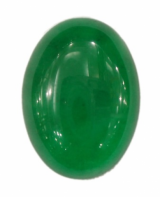
In purely monetary terms, jade doesn't always measure up to more desirable stones such as diamonds or rubies. On the other hand, when it comes to symbolic meaning, a rich history, and holding a revered place in diverse cultures, the readings for jade can truly shoot off the charts.
The word “jade” can actually refer to two distinct substances, nephrite and jadeite, and it wasn’t until 1863 that they were recognized as separate materials. Nephrite is more common and has been worked by humans for millennia, while jadeite is a harder, more rare material typically valued higher than its counterpart.
One possible origin of the word “jade” comes from the Spanish ‘piedra de hijada’, meaning ‘loin stone’, and this ties into one of jade’s key symbolic meanings. Like many gemstones, jade was once assigned a number of positive medicinal effects, and its primary use was to treat hip and kidney problems. Therefore, the name ‘loin stone’ is connected to jade's historical use as health aid.
The jade that most people are familiar with is the rich green-colored variety of the stone, but there is far more to the picture than that: Jade can come in variety of different colors, including black, white, yellow, pink, lilac, and more, depending on the mineral content of individual specimens. Jade is often associated with China, and while the stone certainly has powerful symbolic importance in that ancient nation, there are other places where jade occupies an equally fascinating cultural niche:
CHINA: for most of Chinese history, jade was regarded as the most precious of all gemstones and valued higher than gold or silver. In Chinese culture, jade was strongly associated with immortality, and for this reason it was often incorporated into burial garments. A famous example comes from the tombs of the Han Dynasty (206 BCE-220 CE) Prince Liu Sheng and his wife Dou Wan, both of whom were encased in full-body suits made of small, interconnected jade plates. The association with immortality is probably due to the physical nature of jade itself: Although only a seven on the Mohs Scale of Hardness, jade’s unique structure of tiny interlocking grains and fibers makes it an unusually strong stone for such a rating, and this strength could easily have been interpreted as something that would last forever.
The Chinese also associated jade with wisdom, nobility, purity and courage. It is symbolic of Yang, the essence of male energy, and in traditional Taoist beliefs, the Jade Emperor is the ruler of the cosmos and the celestial counterpart of the Chinese emperor on Earth. Therefore, jade is considered the ‘stone of heaven’.
MESOAMERICA: the ancient civilizations of the Americas, such as the Mayans and Aztecs, also placed prime symbolic importance on jade. Due to its green color, they associated it with water, vegetation, and rain, all of which supported life in the region. Jade was also extensively used in ceremonial masks and other religious items, again emphasizing its importance as a sacred stone.
There is something of a parallel to be drawn between the symbolism of jade among the Mesoamericans and the importance it held for the Chinese. Although there is no indication that the former regarded jade as a symbol of immortality, it has been found in the graves of notable people in Mesoamerica. A famous example is the tomb of Pakal (also spelled Pacal) the Great, who ruled the Mayan city-state of Palenque for nearly 70 years in the 7th century C.E. Many pieces of jade jewelry, along with a mask covered in plates of the stone, were found in his sarcophagus.
NEW ZEALAND: among the Maori people, nephrite jade has been an important substance for hundreds of years. Known as ‘pounamu’ or greenstone, this local variety has been utilized for purposes of both adornment and aggression. The Maori have a tradition of carving various charms and amulets from greenstone, and each design is used for a specific spiritual purpose. For example, the hei-tiki design is said to contain the wisdom of the ancestors and protect against evil spirits, while the manaia form represents a creature that acts as a messenger between the human world and the world of spirits (for full details, see the symbol for ‘Manaia’). According to the National Geographic article “Where Greenstone Grows” by Kennedy Wayne, the reason that such objects are held in high esteem has to do with the physical nature of greenstone jade; since the material is so hard, it takes a great amount of time and effort to shape it into the desired form, and the Maori view this process as imbuing the stone with their own life energy. That way, when the objects are passed down from generation to generation, they carry the spirit of the one who created it.
The Maori have also utilized greenstone to create one of their most signature weapons, the mere (pronounced ‘mare-ay’- ‘ay’ as in “play”). A flat, teardrop-shaped weapon that functions as a cross between a knife and a club, this weapon carried some of the same symbolism as the above-mentioned amulets; due to its manufacture from pounamu and the effort involved in that manufacturing, the mere was a highly revered weapon among the Maori and, like the amulets, it was also passed down from generation to generation. It was even considered an honor to be killed by such a weapon.
- 2,491 Views
Graphical characteristics:
Asymmetric, Closed shape, Colorful, Contains curved lines, Has no crossing lines.
Categories: Chinese Symbols, Gemstones and Natural Substances, Miscellaneous.
Jade is part of the Taoist Symbols group.
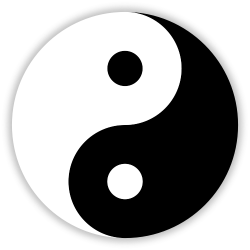
More symbols in Taoist Symbols:
Taoism (modernly: Daoism) is a philosophical and religious tradition that emphasizes living in harmony with the Tao (modernly romanized as "Dao"). The term Tao means "way", "path" or "principle", and… read more »
More symbols in Miscellaneous:
Symbols without any special category attribution but that are widely used worldwide. read more »
More symbols in Gemstones and Natural Substances:
In addition to plants, animals, and geographic features and phenomena, the natural world is home to a vast array of materials and substances that all carry symbolic meaning. This meaning may be rathe… read more »
More symbols in Chinese Symbols:
China is one of the world's oldest and most long-lived cultures, with human settlement dating back to the Neolithic Era. Covering a vast region of eastern Asia, its many customs and traditions can va… read more »
Citation
Use the citation below to add this symbol to your bibliography:
Style:MLAChicagoAPA
"Jade." Symbols.com. STANDS4 LLC, 2024. Web. 19 Apr. 2024. <https://www.symbols.com/symbol/jade>.



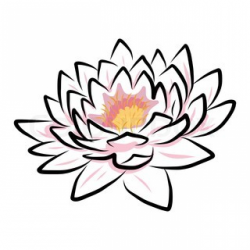
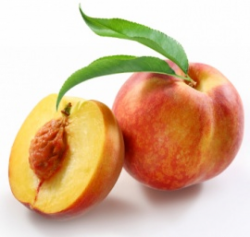

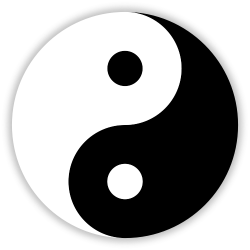




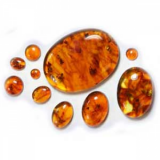

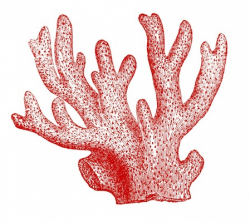
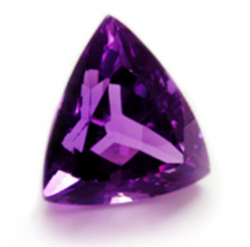
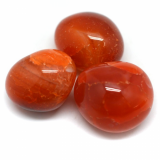
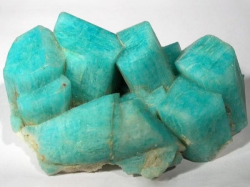
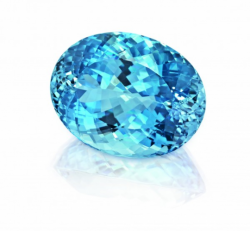



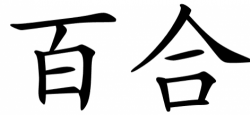
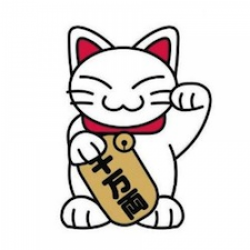


Have a discussion about Jade with the community:
Report Comment
We're doing our best to make sure our content is useful, accurate and safe.
If by any chance you spot an inappropriate comment while navigating through our website please use this form to let us know, and we'll take care of it shortly.
Attachment
You need to be logged in to favorite.
Log In